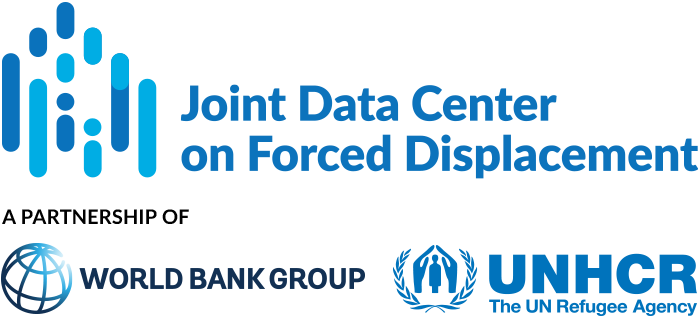This article compares how Syrian refugee children are included, or not included, in the educational systems in two Northern European countries (Sweden and Germany), one South European country (Greece) and two neighboring countries of Syria (Turkey and Lebanon). These...
JDC Literature Review
No Lost Generation: Supporting the School Participation of Displaced Syrian Children in Lebanon
According to the authors, in 2014 there were around 1.5 million Syrian refugees in Lebanon—including 500,000 children of primary school age—out of a total population of 5.9 million. Several policies have been implemented to encourage school attendance including:...
The economics of the Syrian refugee crisis in neighbouring countries: The case of Lebanon
This paper examines the economic and social impact of the Syrian war and refugee flows on Lebanon. The authors employ a dynamic general equilibrium model to capture forced displacement, discrimination, and segmented labor markets (distinguishing formal and informal...
Locked Down and Left Behind: The Impact of COVID-19 on Refugees’ Economic Inclusion
This paper examines the economic impacts of the COVID-19 pandemic on refugees in low- and middle-income hosting countries. It highlights the expected disproportionate effect of the pandemic on refugees in terms of employment and wider socio-economic outcomes. Key...
The Lives and Livelihoods of Syrian Refugees in the Middle East: Evidence from the 2015-16 Surveys of Syrian Refugees and Host Communities in Jordan, Lebanon, and Kurdistan, Iraq
This paper characterizes the displacement and welfare of Syrian refugees living in Jordan (Amman governorate, Za’atari and Azraq camps, and areas surrounding these camps in Mafraq and Zarqa governorates), the Kurdistan Region of Iraq (KRI), and Lebanon. The analysis...
Coping with the Influx: Service Delivery to Syrian Refugees and Hosts in Jordan, Lebanon and Kurdistan, Iraq
This paper characterizes rates of access to infrastructure and social services among host communities and refugees in Jordan, Lebanon, and the Kurdistan Region of Iraq (KRI), and related perceptions of quality of service delivery. In all three contexts, public service...
Measuring the Self-Reliance of Refugees
Refugee ‘self-reliance’ has been defined as the “social and economic ability of an individual, a household or a community to meet its essential needs in a sustainable manner and with dignity” pending the identification of a durable solution. This article introduces a...
Violence and the Perception of Risk Associated with Hosting Refugees
This paper examines whether individuals’ experiences of political violence affect their perceptions regarding the risk associated with hosting refugees. The authors focus on recent exposure to violence within Lebanon, which hosts more than one million Syrian refugees....
Refugees and Social Capital: Evidence from Northern Lebanon
This paper examines impact of refugee settlement on social cohesion in Northern Lebanon, a developing country with a history of ethnic and sectarian conflict, where refugees represent about 25 percent of the population. Lebanon captures two important features of...
Health Service Access and Utilization among Syrian Refugees and Affected Host Communities in Lebanon
This paper examines adult health needs, care-seeking behaviors and barriers to health care among Syrian refugees and affected host communities in Lebanon. The analysis is based on a 2015 survey of 1,376 Syrian refugee households and 686 host community households. The...


